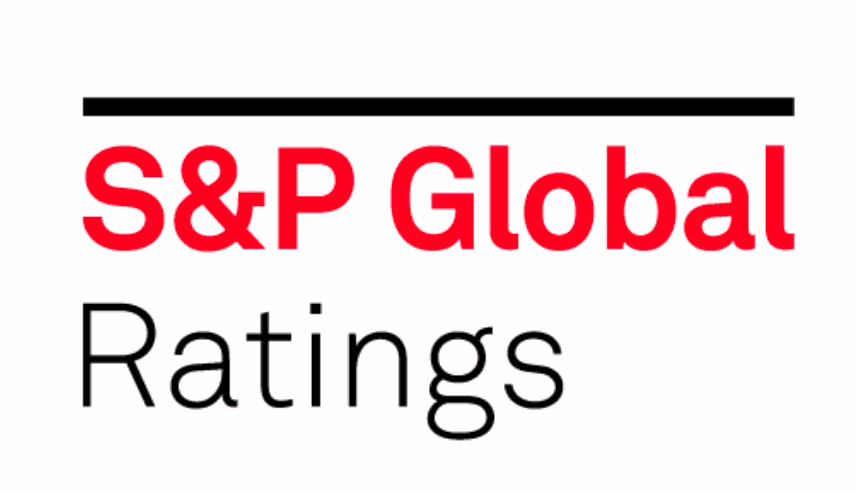Retrocession steady despite rates. Reinsurers to use loss budgets in 2022: S&P

For major reinsurance companies, de-risking their books, such as we’re seeing with the pull-back from property catastrophe risk in some quarters, will need to be a balancing act of finding their optimal gross exposure and use of retrocession, S&P Global Ratings has said.
The rating agency explained in a recent report that retrocession use by major reinsurance companies has held relatively steady up to the start of 2022.
This is despite the retro market seeing much higher pricing and overall retro capacity having been dented by repeat years of catastrophe losses.
Overall, S&P explained that retrocession, including the use of third-party reinsurance capital, remains a flexible and key strategic way to manage tail risk for the world’s major reinsurers.
S&P said that data as of January 1st 2022 suggests that “reinsurers have largely maintained their use of retrocession since 2021.”
However, retro rates and pricing continue to increase, with the overall cost of hedging becoming more expensive for reinsurers in 2022.
“This means reinsurers may have to cede proportionally less of the risk if it becomes too expensive,” S&P suggests.
Adding that, “We think those reinsurers that will aim to further derisk in 2023 will need to find the right balance of gross exposure and use of retrocession.”
On a simple average basis, analysis by S&P shows that as of January 1st 2022, reinsurers have ceded a little above half of their 1-in-250 year exposures to retrocession.
However, the average utilisation rate of retro masks a very wide-range, with some reinsurance companies ceding a significant proportion of their business, while others, such as the major global reinsurers, use far less retrocession in their businesses.
Another interesting data point from S&P’s latest report on global reinsurers, is that catastrophe budgets of major reinsurers are on the rise.
The top 21 reinsurers analysed by S&P now budget about $15.5 billion for natural catastrophe losses in 2022, up from $13 billion in 2021.
S&P rightly notes that while this is allowing for exposure growth, this is also a case of reinsurers factoring greater variability into their loss expectations, as S&P notes they have, “factored greater climate variability into their forecasts this year.”
But even at these raised levels, S&P believes reinsurers are already on-track to exceed their catastrophe budgets, saying, “It appears that reinsurers will fully use their insured loss budget in 2022.”
That suggests their retrocession programs may come into play again this year, which will go some way to explaining why reinsurers are so keen to maintain their hedging capacity.






